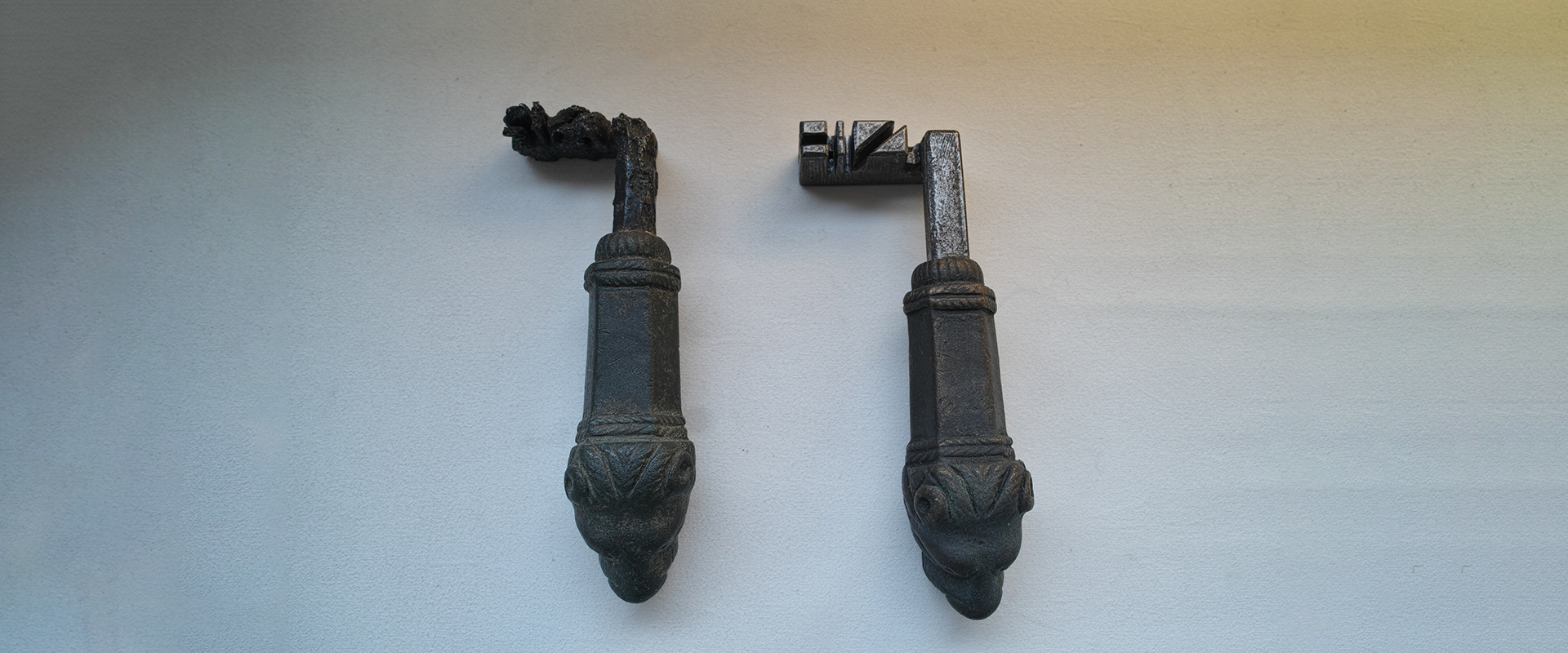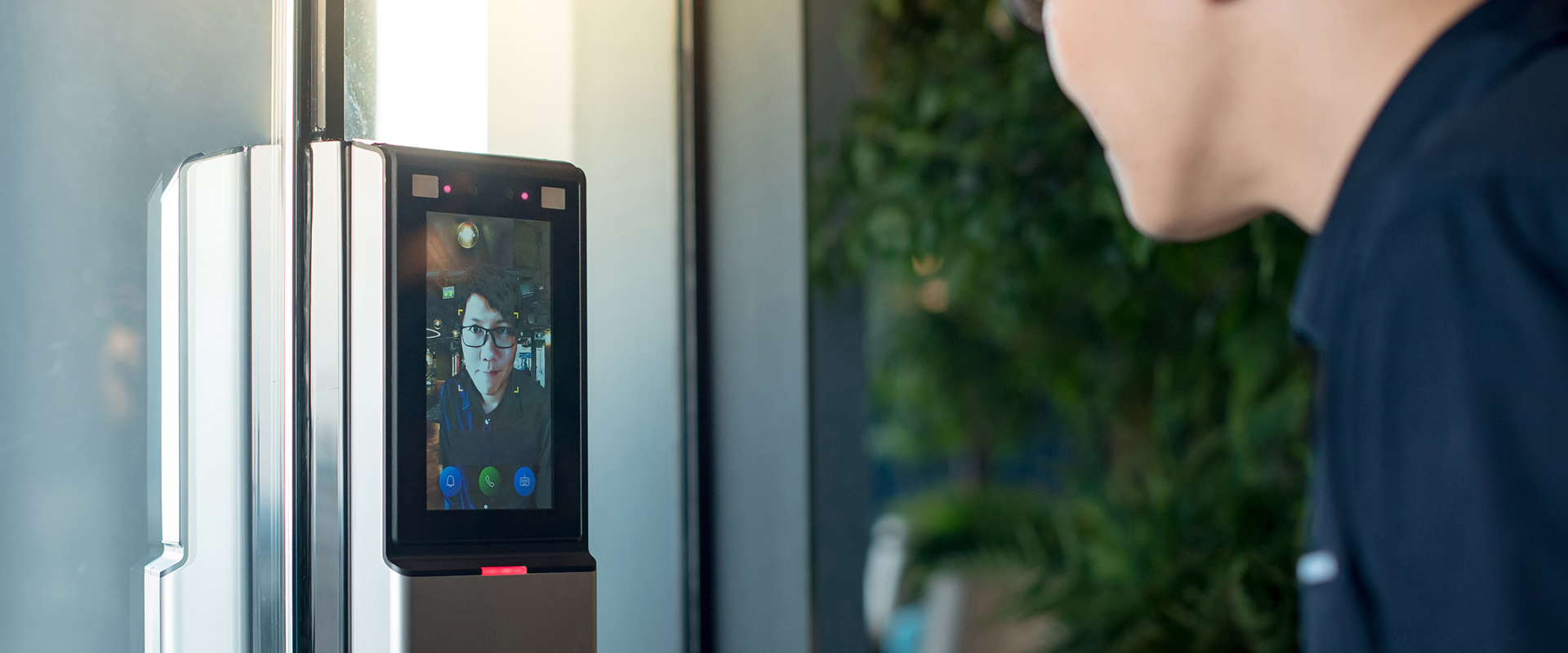The drive for greater security has been evolving since the beginning of humankind. Since early human beings moved away from migratory hunter-gatherer societies towards sedentary agrarian-based living, there has been a fundamental need to keep our valuables safe. By settling in a fixed location, humans were free to amass more property, as nomadic peoples could only possess that which could be carried with them. However, having more possessions leads to greater risks of theft. Early tribes for example might have needed to hide their precious possessions, like food reserves, far from their encampment to keep safe from rival marauding tribes.
Although times have changed since then, the requirement for security has not: people need to keep themselves, their loved ones, and their belongings safe. Technology and human ingenuity have played no small role in helping us achieve these security goals.
A quick glance at the world around us might reveal the myriad ways we use and depend on innovative technology that makes us safer: key card access systems, multifactor authentication measures, and phones that unlock with facial recognition or fingerprints. We live in a world that is predicated on this sense of safety; its benefits affect us greatly. We have full confidence in our modern systems, but where do we go from here? Are there new avenues of safety left unexplored? Is there a smarter way to lock our doors at night? As with anything, we can look to the past in order to envision the future.

The Ancient Era
What was life like for those distant ancestors that transitioned from nomadic hunting bands to the first farmers? With subsistence farming comes the need for land, and consequently ownership of this land. At this point we might estimate the very first walls were erected, perhaps initially of wood, to keep unwanted animals from infiltrating a season of crops. Later iterations may have encircled a tribe or village, and would have been made of mud, clay, or stone, to protect against rival tribes. Think of the walls of Jericho.
As humankind progressed, and agrarian societies flourished, small bands of people grew to large cities with codified laws, classes, hierarchies, and more sophisticated technologies for building and security. Take for instance the Great Pyramid of Giza, which utilized a series of hidden carved passages to keep unwanted tomb raiders at bay. Only recently did modern humans, with the aid of scanning technology, learn of a hidden chamber within the pyramid. While deceptive architecture may be a pyramid’s calling card, we also have the ancient Egyptians to thank for locks.
The design of lock security has remained exceptionally consistent throughout history, and only recently have there been any fundamental design changes from a simple lock and key mechanism. The first known type of lock was a pin tumbler discovered in Egypt, and hence sometimes known as the Egyptian lock. This was primarily made out of wood, and the key was a large wooden bar shaped similar to a toothbrush, with upright pegs that matched pins within the lock. The pegs would consequently be lifted to allow the bolt to be slid back. In time, however, despite their ancient ingenuity, the kingdoms of the Pharaohs receded into sand.
With the Roman Republic, and then Empire, came new marvels of innovative security, perhaps to meet the demands of its growing urban centers. The Romans introduced metal for locks, usually using iron for the locks themselves and bronze for the keys (which is why there are more discoveries of Roman keys, with bronze being more resistant to corrosion than iron). Many examples were found in the excavations of Pompeii, which was buried by lava following the eruption of Mount Vesuvius in 79 CE.
A further Roman development were wards, which are a set of obstructions that prevent a lock from opening unless a specific key with notches or slots corresponding to the wards is inserted. The keys for such locks could be made relatively small and were therefore easy to carry and to use. However, these locks were and still are comparatively simple to pick, so while they were great for ease of access, they lacked in security. While the Roman Empire went on to collapse, its innovative locks continued to proliferate throughout the Middle Ages, long after the last Caesar ate his last salad.
Locks depended on wards for centuries without any fundamental design changes, although they continued to improve through greater technique-based skill and workmanship. Whilst the security of the lock remained solely dependent on the warding, there were some refinements made over time, such as concealing the keyhole with secret shutters.

New Developments Up to the Modern Era
The first major development in improving the security of locks came in 1778, when Robert Barron invented what is known as the Barron lock. This design was then improved on in 1818 by Jeremiah Chubb, so that the lock was resistant to lock-picking, and, furthermore, could show if there had been a lock-picking attempt.
Between Barron’s design and Chubb’s improvements, in 1784, Joseph Bramah developed the cylinder lock, based loosely on the early Egyptian design. Along with his assistant, they developed a series of machines to produce the parts for this lock mechanically; the first steps for mass production. As a testament to the efficacy of this design, Bramah’s lock was not picked for 67 years!
As human technical ingenuity and innovation progressed, so too did lock security. Iterations of locks developed with ever stronger metals and alloys, with the Master Stainless Steel lock – now a standard across the world.
Entering the modern era, the use of electromagnetic locks has become more widespread. Invented in 1969 by Summer “Irving” Saphirstein, electromagnetic locks work by using a solenoid (running a current through one or more wires) and a soft iron core to produce a strong, amplified magnetic field. Adjusting the power source can turn the electromagnet on and off, hence allowing the door to open and close. Electronic card or pin readers can act as the key, which makes them almost effortless to open, and very secure from lock-picking, because obviously you cannot pick a magnet.

Now and Next
Today, we continue to enjoy the benefits of these innovations that make our day to day lives more secure than ever. Thanks to these and several other improvements, many of us live in a world that is safer than any other time in human history. The question now turns to convenience. Convenience is in its own way a worthy prime motivator. Think of the ease of unlocking one’s car door with a click of a button, or the time saved swiping into a hotel room with a key card. It would seem that the pursuit of a more comfortable world has led to astonishing advancements in technology, all the while making our world, well, more convenient. The modern smart home embodies all these aspects of human ingenuity, both safer and more secure, while also making our lives more convenient.
Complicating this drive towards more convenient homes is the COVID-19 pandemic. People are now spending more time at home, due to lockdowns and social distancing measures. This has forced a transition to remote working and the home becoming the new place of work – at least for the time being. This brings forth a number of new challenges, for example: valuable business equipment and important documents are now being stored at home, requiring extra protection from thievery. Working from home may also equate to more frequent deliveries, requiring more stringent and thorough access controls.
Products like the VIA Smart Doorbell are a great example of the kind of systems that will be installed in more homes to make it easier to identify visitors and delivery people. With a high-performance camera and night vision capabilities, the Smart Doorbell enables residents to identify visitors without having to open the door of their apartment. This device can be operated remotely using a smartphone app, which supports two-way audio to enable residents to talk with their visitors in real-time from any location. While for some of us, living in traditional homes, these features may sound like a forecast of what is to come, it is important to remember that they already are the new standard in home security. Full implementation is simply a matter of time as residents expect the most out of their building’s home security systems.
While locks continue to evolve in form, their function will remain the same: ensuring greater peace of mind. Future forecasts see significant advances to AI to increase facial recognition accuracy and eliminate racial bias found in some facial recognition algorithms. Enhanced encryption may also find its place in home security, helping to protect home networks and automated access control systems against hacking. Biometric systems might also fortify the homes of the future, using our eyes to verify people with greater certainty. So, to the humble ancient Egyptian worker, the technology we have now might seem alien, but when it comes to the fundamental concept, they would feel very much at home.
Written by Daniel Swift, AI Development and Marketing Intern at VIA Technologies, Inc., and undergraduate Computer Science student at Aberystwyth University
